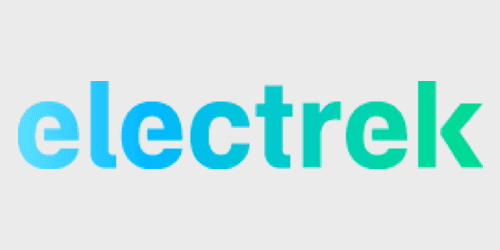
As expected, throngs of Thanksgiving holiday travelers pushed highways and airports to their limit this weekend. With the ranks of Tesla drivers growing by about 150,000 vehicles in the past year, queues also formed at some of the most popular Supercharger locations. The bad news? A few EV drivers had to wait in queues. The good news? It’s a known and solvable problem — with more chargers and faster-charging rates already under way.
A YouTube video from Thanksgiving day showed about 15 Teslas waiting in a queue for vehicles using about a dozen Superchargers in San Luis Obispo, California. In a video from a day earlier, Tesla — anticipating increased traffic — deployed a so-called rolling Megapack with 10 72-kilowatt Superchargers on board.
Tesla reportedly said the Megapack carried enough energy to charge about 100 cars.
On November 30, the queue in San Luis Obispo was reportedly two hours. But earlier today, a driver tweeted that only one person was in the line in San Luis Obispo.
https://twitter.com/ChrisLeeterman/status/1201246916220092416?s=20
It took more than a century to develop a network of about 120,000 redundant gas stations in the US. The combined system of Tesla and other highway charging stations, built over the past decade, is expected to reach about 4,000 locations in the next couple of years. Fortunately, EV charging stations are commonly networked, providing a way for drivers to know via mobile apps and dashboard indicators if a charging spot is free — or otherwise reroute to an available location.
Of course, nearly all EV charging takes place at home.
We reported about Thanksgiving queues last year at this time. In other words, it’s a known problem. The range of remedies includes portable charging stations, imposed limits to 80% of state-of-charge at the busiest locations, beefed-up customer support, and signs encouraging drivers to limit charging times.
Ultimately, the solution is faster charging and more of it. Tesla is in the process of rolling out V3 versions of Superchargers capable of 250-kilowatt charging. On Tesla’s most efficient vehicles, like the Long Range Model 3, the company says the new Supercharger V3 can add up to 75 miles of range in five minutes.
However, the pace of deployment has not been as fast as expected.
Finding the right balance is challenging. A fully utilized charging location with minimal waiting times is ideal. But queues of more than a few minutes are obviously an inconvenience to drivers. You don’t want to underbuild or overbuild.
This alarmist tweet over the weekend indicates that the construction of Tesla Superchargers has not kept up with the meteoric rise of sales of the Model 3.
@Tesla biggest supercharger at Kettleman city, Ca, around 40 chargers but the line is 30 min. Long. Almost every supercharger from LA to SFO is backlogged. Tesla super charging network has not kept up. Spent more time charging than driving. No more long trips on Tesla. pic.twitter.com/hTQKNgikaC
— Shawn Nag (@shawn_nag) December 1, 2019
However, all but a few locations were operating with little to no waiting. In some cases, drivers facing longer than usual wait times pointed to Superchargers in disrepair. One driver, who has owned a Model 3 since August, had not previously experienced a full Supercharger location. “Pretty cool to see,” he tweeted.
I've had my #Tesla since August and this is the first time I've seen the supercharger full. It is a holiday weekend, but still…..pretty cool to see! #Model3 pic.twitter.com/ADQt4OfuwJ
— Jason Glisson (@jasonglisson) November 30, 2019
Electrek’s Take
Crowded airports, roadways, and gas stations should not come as a surprise to any holiday traveler. And neither should queues at EV charging stations. Of course, reports of two-hour waiting times at any EV charging station — even if most locations had no wait — is a problem that needs to be addressed.
Tesla is moving quickly to deploy faster chargers, just as Electrify America is on a fast track to building highway charging for owners of other EVs. We’re at an inflection point for EV adoption. So growing pains are to be expected.
At the same time, queues at the most popular charging locations on the No. 1 busiest travel weekend of the year do not constitute a long-term obstacle to EV adoption. Experienced electric-car drivers are prepared to use routes where stations are available.
News about queues only serves to encourage charging providers to accelerate their plans.
FTC: We use income earning auto affiliate links. More.


Comments